ICE Agreements Surge in Texas After Trump's Immigration Order
In Terrell County, Texas (KXAN), Cody Carruthers guided his ATV with one weathered hand on the steering wheel and used the other to indicate a modest group of goats grazing among the scrub brush and cacti on his vast ranch near the Rio Grande, which forms part of the boundary with Mexico.
Terrell County ranks among the least densely inhabited areas in the nation, home to roughly 800 residents spread across a region as large as Delaware. Carruthers hails from a lineage of ranchers who have tended to the harsh, uncompromising landscape under the blazing sun, where shady spots are few and far between.
In early March, Carruthers guided the open-top vehicle—which was carrying three KXAN news reporters, his sheepdog mix named Sissy, and his rifle—along the uneven trail towards his enclosed boundary area.
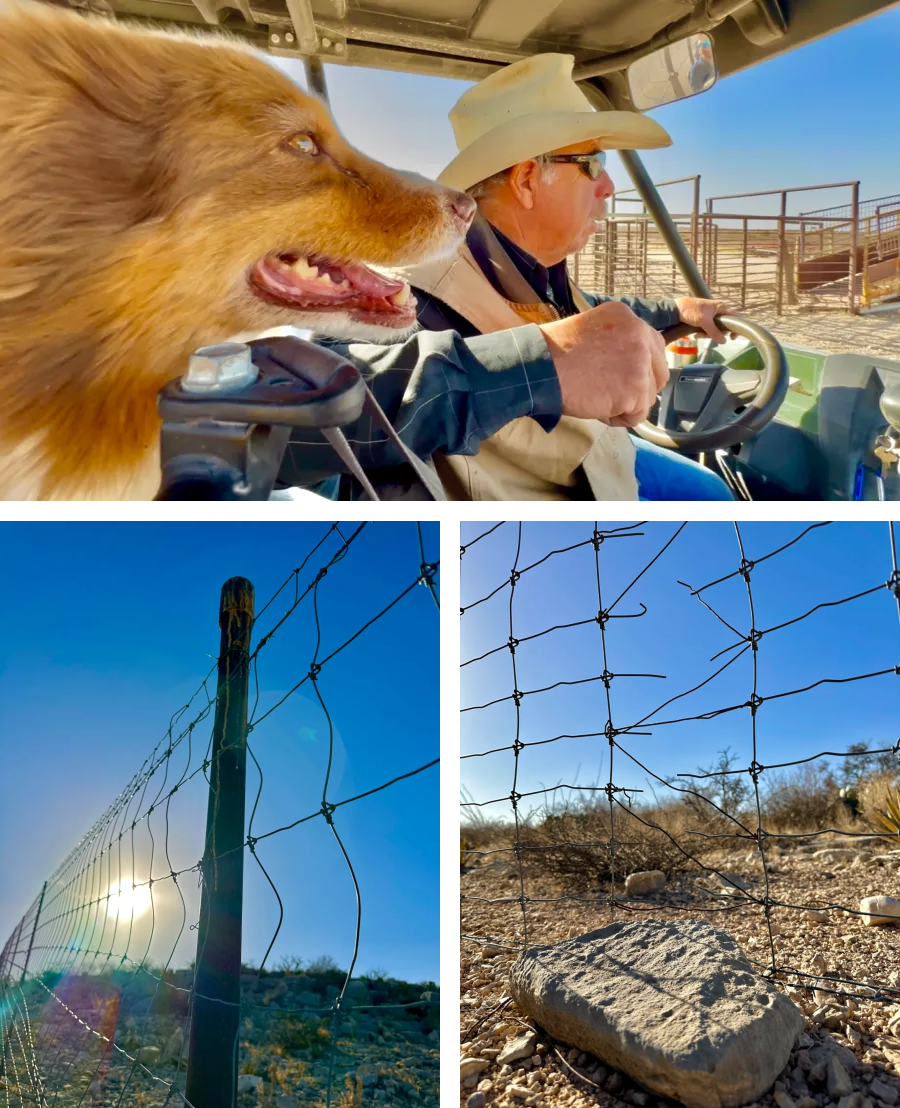
Cody Carruthers operates his off-road vehicle searching for damaged fences, an indication of migrants traversing the border several miles south of the ranch in Terrell County (KXAN Photos/Josh Hinkle).
This is really a hotspot," Carruthers stated. "It leads into the canyon where they can sort of hide themselves.
With a bottom lip stuffed full of chewing tobacco, Carruthers pointed at another bit of sagging fence wire where, he said, migrants stepped while climbing over. Further down the rocky road, he located a square of fence near the ground that had to be patched after someone clipped the wires to crawl through.
Terrell County Sheriff Thaddeus Cleveland KXAN accompanied Carruthers to his property as part of a tour of the region he had monitored for more than ten years when he was with the Border Patrol prior to taking up his present position in 2022. Cleveland, who identifies as a conservative sheriff, hails from the close-by town of Sanderson, an unincorporated area home to approximately 650 residents, making it significantly larger than any other community in the county.
The Texas border regions have become central to the immigration discussion – a key element in President Donald Trump’s resurgence for another term in office. well-publicized campaign to conduct mass deportations of undocumented immigrants.
“Out here, we typically catch accompanied juveniles,” Cleveland explained. “That means they’re with their father, their brother, an uncle. The vast majority are people who are no different than us that are coming to work … but there are those that have committed crimes in the United States. And of course, that’s what this administration said they were going to target.”
Cleveland mentioned that during his over-two-decade tenure with the Border Patrol in states like Arizona, New Mexico, and most currently in Terrell County, he witnessed the harshest effects of immigration. He noted that the preceding four years were the busiest period throughout his professional experience.
The border can be a “sad” place, he said. He has apprehended violent criminals and people trafficked by cartels. A week before KXAN’s visit, he responded to a call about a dead man found in the desert. It was a migrant who had succumbed to exposure after apparently running out of food and resorting to eating leaves and berries.
“Since I’ve been sheriff in the (past) three years, we’ve had a total of 31 deceased illegal aliens,” Cleveland said. “The year before I took over as sheriff, they had 12 … If we do discover somebody and recover the remains and there’s no identification and there’s no one asking about that individual, then we will end up burying them in a pauper’s grave.”

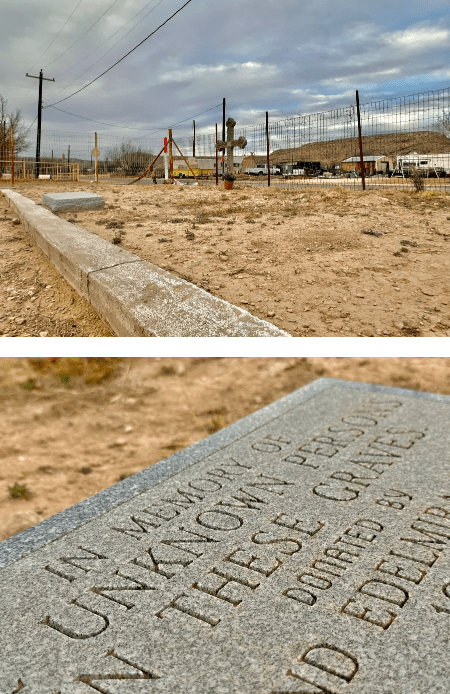
In a remote part of the Sanderson city graveyard, there is an area with earthen tombs labeled solely by a granite stone bearing the message "In Memory of the UnknownPersons Buried Here" (KXAN Photos/Josh Hinkle).
Though border crossings have decreased dramatically since Trump Cleveland resumed his duties with caution, anticipating a possible rise in undocumented immigrants. He mentioned that his department hasn’t made any drug-related busts or arrests over the past half-decade, though this streak might not continue indefinitely.
"I expected increased activity in this area," he stated, implying that stepped-up law enforcement in cities and other parts of the border might lead to more illegal entries through Terrell County's tranquil, 54-mile expanse. "The cartels aren't likely to simply throw in the towel and declare, 'Alright, we surrender; we'll stop transporting individuals and hazardous substances,'" he added.
On a rocky outcropping overlooking the thin and winding Rio Grande, Cleveland said he was eager to renew his agency’s partnership with U.S. Immigration and Customs Enforcement – commonly called a 287(g) agreement – that allows non-federal law enforcement like sheriff’s deputies to assume some ICE duties. Local officers with 287(g) authority can question migrants, issue warrants or arrest them for immigration violations, depending on their specific training.
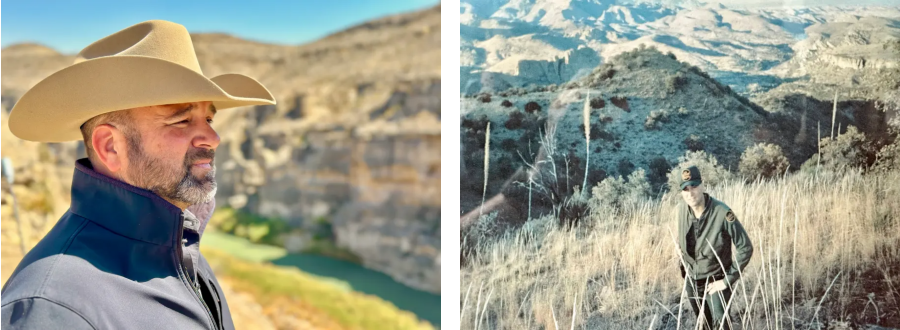
ON THE LEFT: Terrell County Sheriff Thaddeus Cleveland gazes toward Mexico in a region frequently used for crossing the border near the Rio Grande (KXAN Photo/Josh Hinkle). ON THE RIGHT: Before taking office as sheriff, Cleveland dedicated more than 26 years to serving with the U.S. Border Patrol ( Courtesy of Sheriff Thaddeus Cleveland ).
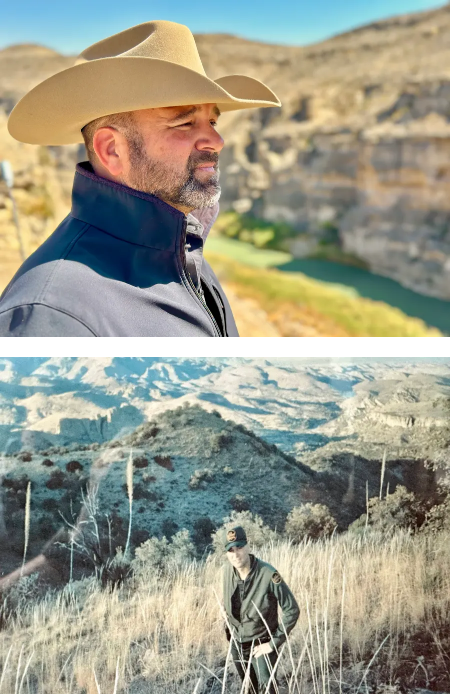
At the top, Terrell County Sheriff Thaddeus Cleveland surveys Mexico from a region notorious for border crossings near the Rio Grande (KXAN Photo/Josh Hinkle). At the bottom, it shows that Cleveland served more than 26 years with the U.S. Border Patrol prior to his role as sheriff ( Courtesy of Sheriff Thaddeus Cleveland ).
The 287(g) accords represent an initiative supported and advocated for by the Trump administration with the aim of broadening its immigration enforcement efforts beyond just the southern border into neighborhoods throughout the nation. Upon returning to work on his initial day back, Trump signed an executive order Instructing "to the fullest extent allowed under the law," the Secretary of Homeland Security to establish such agreements, these being referred to as per a specific section of the U.S. Code established by the Illegal Immigration Reform and Immigrant Responsibility Act of 1996.
Law enforcement officials like Cleveland, and many other sheriffs in Texas, applaud the program and say it’s necessary to protect the public. Critics, meanwhile, have denounced it as a costly effort that won’t make people safer, could lead to violations of constitutional rights and stymie law enforcement’s ability to work with immigrant communities.
Since Trump took office, the number of 287(g) agreements has soared across the country – far beyond the Southern border.
In 2025, 287(g) agreements saw an increase nationwide. KXAN has created a map showing the count of these agreements per state, categorized according to the three distinct types of pacts entered into. The information is sourced from U.S. Department of Homeland Security data collected in April 2025. (KXAN Interactive/Christopher Adams & David Barer)
‘What our citizens want’
As of late April, there have been over 450 signed agreements with state and local law enforcement across the country — more than 320 since the start of the year. These accords can be found in places like Minnesota, Idaho, Pennsylvania, Nebraska, Wyoming, and numerous others.
Part of the increase in these agreements can be attributed to certain states enacting legislation that requires their implementation.
In 2022, Florida passed a law Requiring agencies overseeing jails to enter into 287(g) agreements. Florida presently holds the lead nationally with more than 200 such accords — 75 percent of which were signed this year, as per ICE data. In the previous year, Georgia passed legislation urging nearby police agencies to seek out federal accords, such as the 287(g) program.
With the increase in the volume of agreements, we've also seen a rise in the variety of law enforcement organizations participating, including not only federal bodies but also city police departments and state agencies entering into such arrangements.
In years past, the agreements were used mostly by sheriffs’ offices, which operate jails. This year, the Texas Office of the Attorney General signed an agreement, as did the Oklahoma Bureau of Narcotics, the Florida Department of Financial Services and the Florida Fish and Wildlife Conservation Commission.
As of late April, Texas ranks second in terms of having the most agreements among all states, boasting around 80 signed deals along with numerous others still under consideration. Most of these agreements in Texas have been initiated or extended since former President Trump took office again in January. Notably, no such agreements were established throughout President Biden’s tenure, based on information from Immigration and Customs Enforcement (ICE).
Texas is now on the cusp of passing its own legislation to require 287(g) agreements. Senate Bill 8 by Sen. Charles Schwertner, R-Georgetown, would mandate sheriffs’ offices sign up if their county population exceeds 100,000 people.

In an interview with KXAN, Schwertner said Trump’s victory in November spurred him to pursue the bill. It is time for Texas to take a “bold stance” on handling immigration, he said.
State 287(g) efforts have the backing of the Texas’ executive branch as well. In January, Gov. Greg Abbott signed an executive order instructing "all relevant state agencies" to aid the federal government in upholding immigration laws.
In my view, local law enforcement has a duty to uphold immigration laws and hold onto criminal immigrants," Schwertner stated. "This aligns with what our residents desire. It is crucial for ensuring safety in Texas and within our communities. Identifying, holding, prosecuting, and expelling illegal immigrants who have committed crimes is fundamentally important.
287(g) Models :
- The jail enforcement model permits officials to interrogate individuals to ascertain their immigration status, input their details into a Homeland Security database, collect testimonies, and initiate the deportation procedure through an immigration hold along with a notice to appear.
- The warrant service officer The model has a more limited range compared to full-scale jail enforcement. Officers flag individuals as non-c citizens at the booking stage, then hand them over to ICE for assessment and potential deportation, along with executing ICE administrative warrants on detainees under their jurisdiction, as stated by the ACLU.
- The task force model is characterized by ICE as a "force multiplier," enabling local officers to implement immigration laws during their regular tasks within the community.
Officials participating in the initiative go for a several-week-long training session, and ICE sets up a computer at their workplace to gain access to federal data.
John Fabbricatore, who previously served as an ICE field office director in Colorado and was also a 287(g) trainer, mentioned that this training might last around four weeks. He noted that there is currently momentum for expanding the 287(g) program due to ICE needing additional personnel.
WATCH: Ex-287(g) instructor John Fabbricatore talks to KXAN Investigator Josh Hinkle about how officers get their 287(g) certification. (KXAN Video/Richie Bowes, Josh Hinkle & Chris Nelson)
“It definitely helps out in, you know, being able to identify people in the jail that may be unlawfully present, that were illegally in the United States,” Fabbricatore said. “It’s a good opportunity for … the law enforcement to partner up with ICE and ensure a smoother process with getting those who are removable from the United States into ICE custody.”
At a mid-March Senate State Affairs Committee hearing on Schwertner’s bill this legislative session, several sheriffs echoed Fabbricatore’s pro-287(g) stance, including Tarrant County Sheriff Bill Waybourn .
‘Unfunded mandates’
Waybourn’s department has had a 287(g) jail agreement since 2017, when he took office.
Texas counties are already required to share information with ICE and cooperate on ICE detainers, due to a 2017 law that banned so-called sanctuary cities, Waybourn noted. Sanctuary cities restrain cooperation between local law enforcement and federal immigration authorities.
ICE agents are already present and putting detainers on people in major counties’ jails. The 287(g) jail officers “make our community safer” by adding a layer of oversight, Waybourn said.
"As it ensures that another pair of eyes reviews everything to prevent anyone from falling through the cracks," he stated.
Brian Hawthorne, the sheriff of Chambers County, also functions as the legislative chairman of the organization. Sheriffs’ Association of Texas Additionally, Hawthorne supported Schwertner’s bill during testimony. He noted that not all members within his association agreed with mandating these partnerships for sheriffs.
Hawthorne expressed his worry over "unfunded mandates" and stated that "the costs associated with that program ought to be covered, regardless of whether your earnings are a hundred thousand or as high as five million; if we're requiring the sheriff to implement this."
ICE mentioned that they cover the cost of the training, however, sheriffs at the hearing highlighted additional expenses related to the training that remain uncovered.
Hawthorne informed legislators that his county incurs costs of "$10,000 for each jailer who is 287(g) certified." Meanwhile, Calhoun County Sheriff Bobbie Vickery mentioned that the program "might impose a severe financial burden on our annual budgets."
Schwertner’s proposal offers grants to help cover expenses for counties with populations below 1 million individuals.
At present, 36 out of Texas' 254 counties have populations ranging into the hundreds of thousands that qualify for this type of funding. These grants won't cover the seven most populous counties in the state—Harris, Dallas, Tarrant, Bexar, Travis, Collin, and Denton—which together house roughly half of the entire Texan population, as per data provided by the Texas Demographic Center.
Law enforcement offices across Texas have signed 287(g) agreements with ICE. Click on the circles to see which types of agreements each agency has. Source: ICE (KXAN Interactive/Christopher Adams & David Barer)
Schwertner’s bill doesn’t specify which of the three types of 287(g) agreements a county would be required to enter.
As part of the bill, lawmakers are considering whether counties that receive grants would have to submit annual expenditure reports to the Comptroller and Office of the Attorney General. If sheriffs fail to follow the law, the attorney general could take them to district court.
Hawthorne said his association was opposed to additional paperwork on top of immigration detainer reports that jails already send to the Texas Commission on Jail Standards.
The bill’s fiscal note estimated a $1.4 million impact through August 2027. That cost includes multiple Comptroller employees who would be hired to handle the grant funds, but it doesn’t include an “additional indeterminate” amount for the grants that would depend on a legislative appropriation, the fiscal note states.
In his interview with KXAN, Schwertner said his measure would protect Texas communities. There should not be cases of “criminal aliens” not being detained for ICE and getting released on bond to “commit further crime,” he said.
“That’s just not acceptable to Texans, and I’m not going to stand for it. And this bill helps in this area,” Schwertner said.
Both Trump and Abbott have echoed similar sentiments.
To support Trump’s border mission, Abbott said in his February State of the State address, “I have ordered Texas state agencies to assist the Trump Administration with arresting, jailing and deporting illegal immigrants.”
However, even though local and national officials frequently link immigration with prominent criminal activities in their public statements, broader analyses of crime rates indicate that this connection may not be valid. 2024 report funded by the National Institute of Justice Analyzing information from the Texas Department of Public Safety revealed that undocumented immigrants are apprehended at a rate below half that of naturalized U.S. citizens for both violent offenses and drug-related crimes. The National Institute of Justice (NIJ), which falls under the jurisdiction of the Department of Justice, offers "research, evaluation, and technological support" concerning matters related to criminal justice.
The Trump administration removed the NIJ report from its website. based on reports from The Independent However, the report is still accessible via the U.S. House.
Several sheriffs have not felt a pressing necessity to participate in the program. According to Calvin Boyd, sheriff of Burnet County, their department's involvement has been halted with no plans for revival. He explained to KXAN, "(We) didn’t find significant value in it," highlighting "the expenses, required training, and necessary resources" as obstacles. Similarly, Williamson County, located within Schwertner’s constituency, opted to terminate its 287(g) accord following the year 2021.

Williamson County Sheriff Matthew Lindemann , who assumed leadership following the termination of that agreement, informed KXAN that his primary worry is the expense of dispatching a deputy to the East Coast for a month-long training session.
Who will take over for them? Who will handle their responsibilities here at home?" Lindemann asked. "We're paying extra wages to someone else to cover the shifts, which raises my main worry — additional strain on the county.
Lindemann and Schwertner both acknowledge that they have been considering the potential for the county to enter into a fresh arrangement with ICE down the line.
Fabbricatore said there is a proposal to bring the training duration down to a couple weeks, and Waybourn said he heard ICE was working to condense it into one week. Others in the hearing noted federal plans in the works to regionalize the training, too.
But not everyone speaking before lawmakers that day was so supportive of the program and the legislation that would expand 287(g)in Texas.
‘Proved time and time again’
Krystal Gomez with the Texas Immigration Law Council – a nonpartisan group that coordinates policy work and gives resources to immigration legal service providers – said the agreements would foster distrust of law enforcement.
“(That) can lead to decreased crime reporting, reduced witness cooperation and ultimately make our communities less safe for everybody,” Gomez told the committee.
Trudy Taylor Smith with the Children’s Defense Fund , which advocates on behalf of youths and racial justice, raised concerns about children and family members who have been “contributing members of their local communities” being locked up in “inhumane conditions.”
Sarah Cruz with the American Civil Liberties Union, or ACLU, of Texas echoed concerns about whether the costs to counties over 1 million would amount to a steep and unfunded mandate, along with other potential problems.
"Time and time again, 287(g) agreements have demonstrated that they do not enhance public safety but rather diminish it," Cruz stated.
In the 2022 research conducted by the ACLU, “License to Abuse,” The organization encouraged the Biden administration to discard the 287(g) program, labeling it a "flawed, racially biased remnant of earlier times and an ineffective, questionable, and frequently detrimental tool for ensuring public safety."
According to the ACLU, the 287(g) program has resulted in racial profiling, violations of civil rights, and a "deterioration of trust within the community."
Schwertner expressed his belief that communities wouldn't desire "criminal immigrants roaming freely and instigating violent acts." Such accords play a crucial role in recognizing these people, holding them in custody, and ensuring they face consequences for their actions.
In addition to its other issues, the ACLU discovered that the program was lacking in transparency.
According to the ACLU, we are unaware of the exact number of people who have been arrested and deported due to the 287(g) program. The 2021 Government Accountability Office report pointed out that "ICE acknowledged it doesn’t monitor this data and can't ascertain the total number of deportations and detentions stemming from the initiative," rendering an accurate assessment unattainable.
The GAO report offers some clarity regarding the expenses associated with the program at the national scale. Between 2015 and 2020, the ICE 287(g) initiative had an annual expenditure averaging around $23.7 million, which encompassed approximately $3.5 million yearly for technological assistance.
When investigating more detailed insights into the effects of the 287(g) program, KXAN discovered limited data illustrating its usage throughout the last half-decade. While ICE provides some details on their webpage regarding participating jurisdictions along with contract links, as well as publishes monthly encounter reports detailing specific arrest occurrences nationwide, these do not fully capture the breadth of activities conducted through this initiative. For instance, the March 2025 encounter report details only one arrest in Texas – a Mexican citizen arrested on a charge of sexual assault of a child by the Montgomery County Sheriff’s Office.
‘Nothing responsive’
KXAN sent requests to over a dozen law enforcement agencies in Texas that had agreements prior to the new Trump administration. We asked for details of work performed under 287(g), including numbers of officers involved, arrests, costs and complaints. We also requested that information from ICE.
At the federal level, most of KXAN’s Freedom of Information Act requests from March and April remain pending with no timeline for completion.
Most Texas law enforcement agencies only provided the number of officers trained for 287(g) work.
“We do not maintain a log or record of work associated with the 287(g),” said the Chambers County Sheriff’s Office.
Galveston County said it has one person working under the 287(g) agreement, and “nothing responsive to the remainder of this request.”
Several other agencies provided similar responses.
Sheriff Cleveland, in Terrell County, told KXAN he wanted to be transparent about his county’s 287(g) work, but there weren’t records to provide because the jail enforcement model had no activity since 2016.
Soon after we submitted most of our requests to counties, a spokesperson for ICE asked KXAN by email to stop sending requests to local jurisdictions and funnel the inquiries to ICE instead. The agreements direct local law enforcement to cooperate with ICE on media requests.
In an instance, the Smith County Sheriff’s Office disclosed details about its 287(g) program operations. This included access to their standard operating procedures as well as a detainee roster listing more than 100 individuals held during fiscal year 2019, alongside their respective nationalities.
Smith County’s policies show a list of factors that would prompt the agency to refer a person in its jail to the 287(g) officer. The factors include – among many others – if a person has no ID, struggles with English or has tattoos with a connection to a foreign country.
Several authorities, such as the American Civil Liberties Union and constitutional law specialist Annie Bright, voiced additional worry that 287(g) might lead to potential violations of constitutional rights.
‘A flawed assumption’
Bright, who is a visiting professor at St. Mary’s University School of Law in San Antonio, mentioned that these pacts bring up several constitutional concerns.
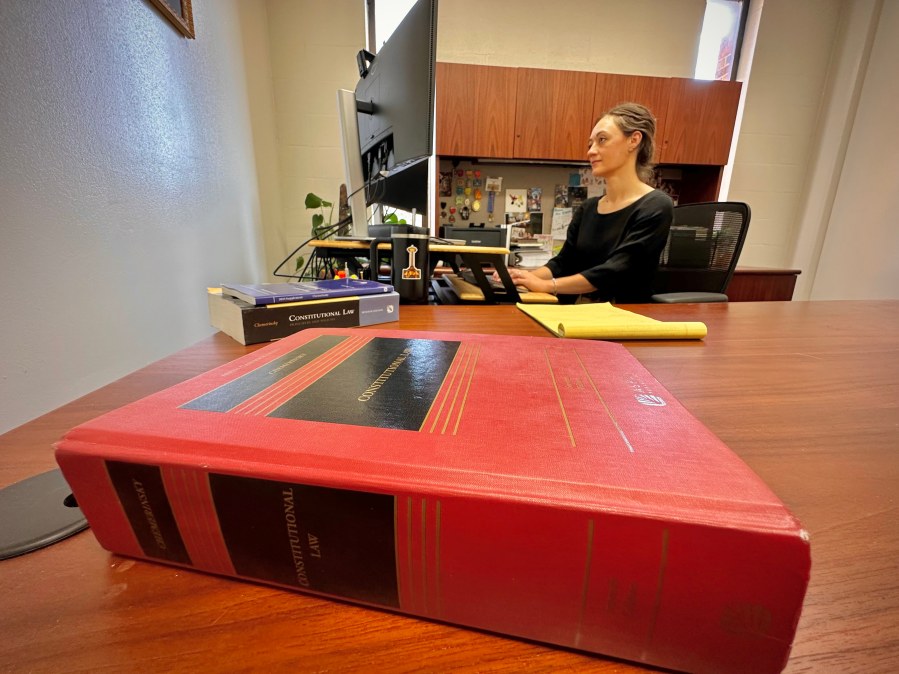
"There are significant worries regarding inadequate facilities, insufficient space, and the absence of proper training to guarantee that individuals who are arrested, held, or facing potential deportation receive their constitutional right to due legal process," Bright stated.
She mentioned that racial profiling might also pose a problem.
How can one determine if someone will be apprehended for breaking criminal laws?" asked Bright. "Usually, the simplest sign is their appearance.
In September 2022, after the release of the ACLU’s report on 287(g), which raised concerns about potential racial profiling, the acting director of ICE under the Biden administration addressed these issues. released a statement stating that the agency was dedicated to ensuring its enforcement activities were "just, streamlined, and aligned with a pledge to safeguard civil rights."
However, just because someone doesn't fit our preconceived notion of what an immigrant looks like, it doesn't mean they will be protected from the repercussions of a poorly trained or erroneous law enforcement officer," Bright stated.
Further, while it is a crime to enter the country outside of a legal pathway, casting everyone who does that as a “criminal’ is an “intentional misuse of the term,” she added.
“There are plenty of studies that show that the immigrants in the United States commit crimes at lower rates than U.S. citizens,” Bright said. “That is pretty undisputed.”
Charis Kubrin , a professor of criminology, law and society at the University of California Irvine, has studied that link and wrote about it in her 2023 book “ Immigration and Crime: Taking Stock .”
The 287(g) program is part of a “devolution” of law enforcement – a push of federal immigration authority from the federal government down to the state and local level, she said. Other programs, like Secure Communities , the Criminal Alien Program , and the Laken Riley Act , are also part of this effort.
“The foundational assumption for the vast majority of these policies is that immigration and crime go hand in hand,” Kubrin said. “I’ve done the research myself and also have reviewed all of the research in the field, and that is an incorrect assumption. That is a flawed assumption.”
To improve public safety, the goal should be to arrest the worst criminals, she said. Since we already have the infrastructure to do that, “what you’re picking up is a lot of noise.”
The immigration crackdown also, ultimately, comes down to resources. More arrests cost more money, so, Kubrin asked, will the investment be worth the return?
'Expect these low figures not to remain steady.'
Sheriff Cleveland indicates that investing is still valuable, despite the fact that unlawful entries across borders are currently at an all-time low.
Since President Trump assumed office, Cleveland stated that the number of crossing incidents at the southern border has dropped below levels seen over the last 25 years. Government statistics support this claim.
Border crossings at the U.S. southern border started declining in 2024 during President Biden’s last year in office. Upon President Trump's return in January, these encounters fell to about 11,000 each month, which is significantly lower than in prior years. This information comes from the U.S. Customs and Border Protection (KXAN Interactive/Christopher Adams & David Barer).
Efforts at the state level have also supported border county law enforcement agencies, such as Cleveland’s, in their immigration control initiatives. Since 2021, Texas has invested approximately $11 billion in Operation Lone Star. dispatching the Texas National Guard along with DPS officers to the border, as stated reports from media outlets and Abbott’s office .
Collectively, these efforts have resulted in reduced border crossings, bringing positive developments for Cleveland. However, he emphasized again that the cartels might discover alternative methods to smuggle individuals and narcotics into his region.

“I don’t see numbers staying this low,” he said. “At some point, something’s going to … shift and start happening.”
With so many partner resources – including a Border Patrol station in Sanderson – readily available, Cleveland said he hasn’t had to tap his county’s 287(g) yet. But he’s considering how his deputies could soon recommence their existing jail-based agreement and possibly explore other models, in case ICE ever calls.
“It’s just to have it available and ready if there is a need, and I foresee a lot of other jurisdictions doing the same – having it in place in case there’s a need,” Cleveland said.
KXAN Digital Data Reporter Christopher Adams, Investigative Photojournalist Richie Bowes, Graphic Artist Wendy Gonzalez, Digital Special Projects Developer Robert Sims, Digital Director Kate Winkle and WFLA Bilingual Digital Producer José Acevedo Negrón contributed to this report.
Copyright 2025 Nexstar Media, Inc. All rights reserved. This material may not be published, broadcast, rewritten, or redistributed.For the latest news, weather, sports, and streaming video, head to KAMR - MyHighPlains.com.
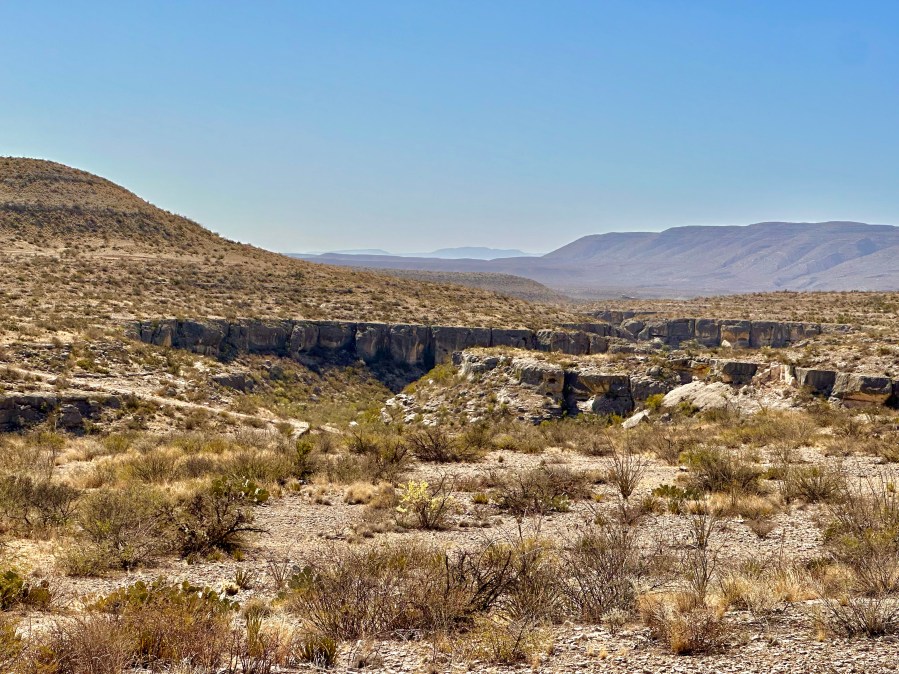


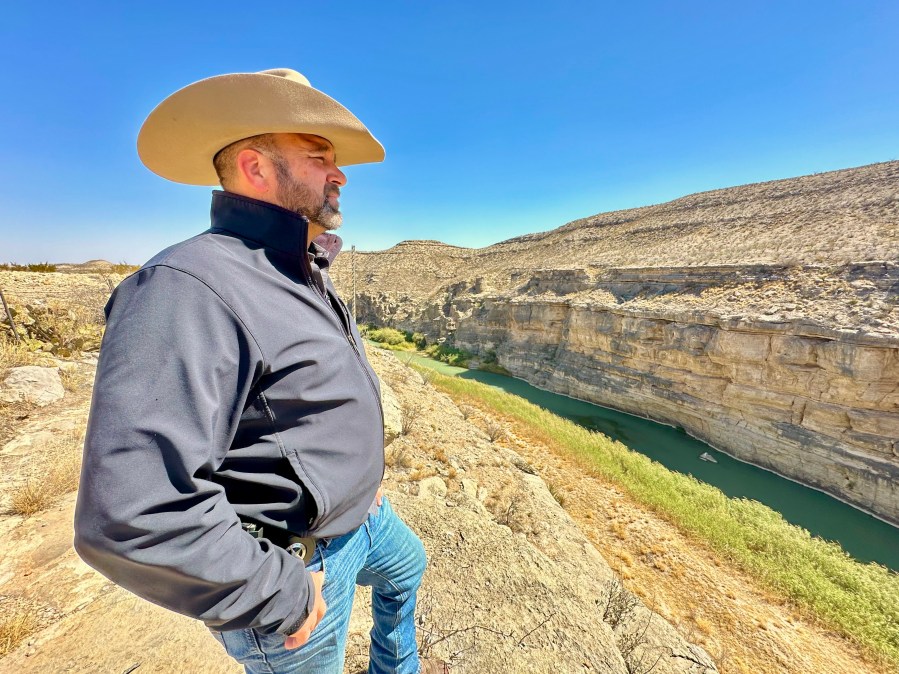

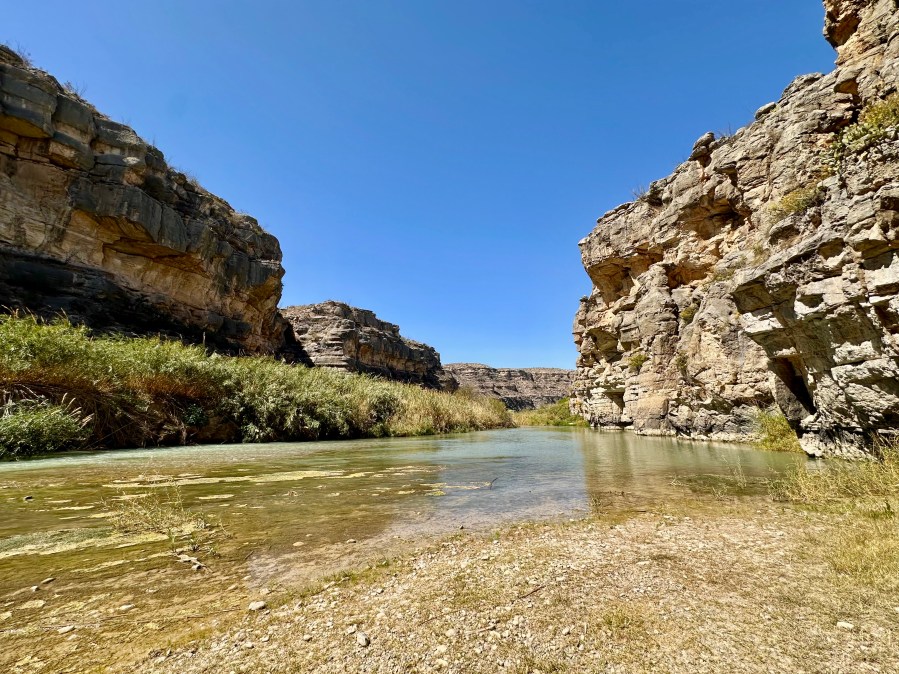

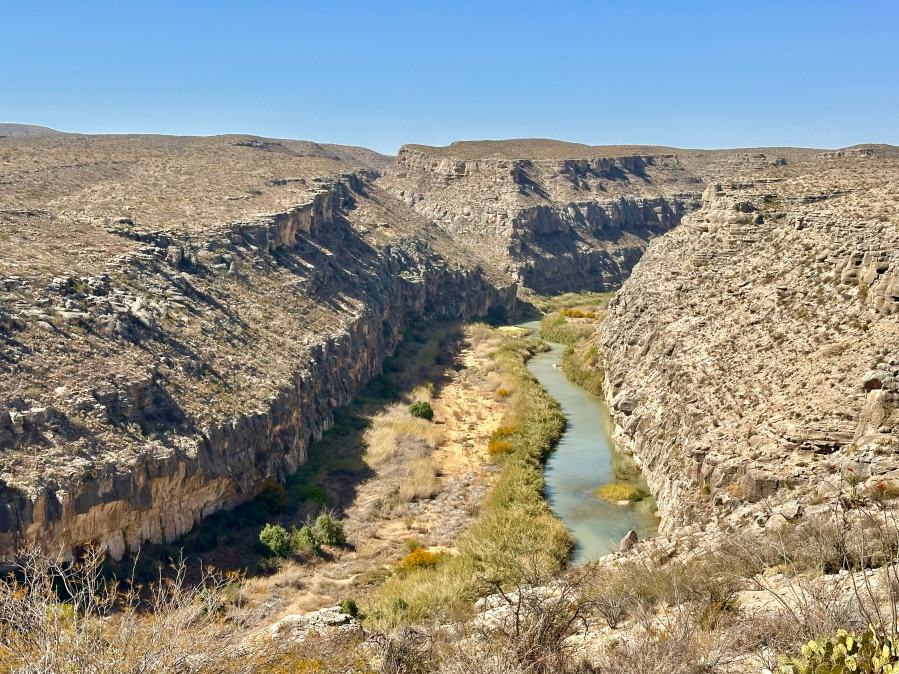
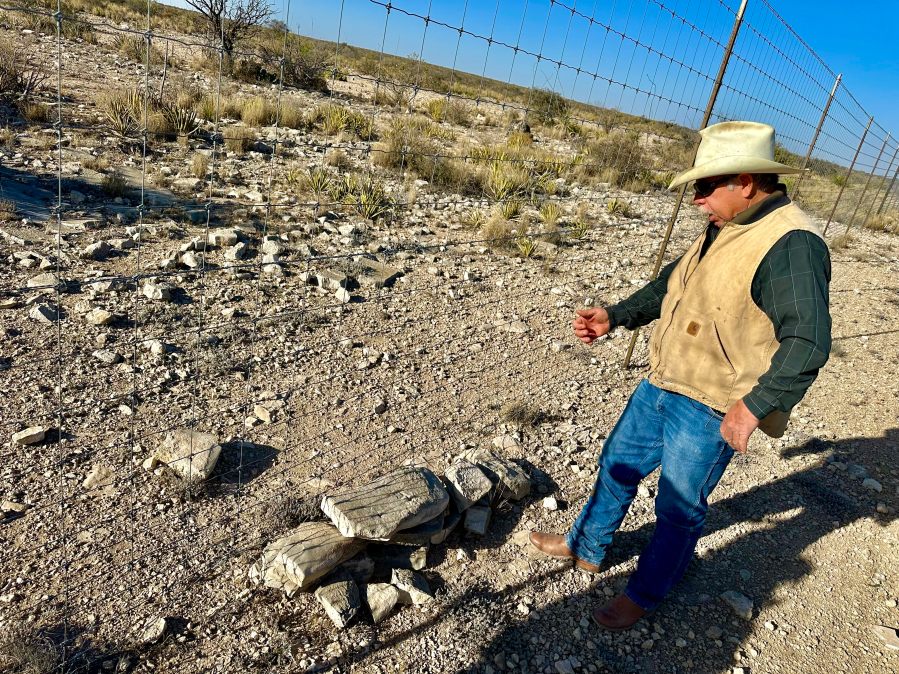
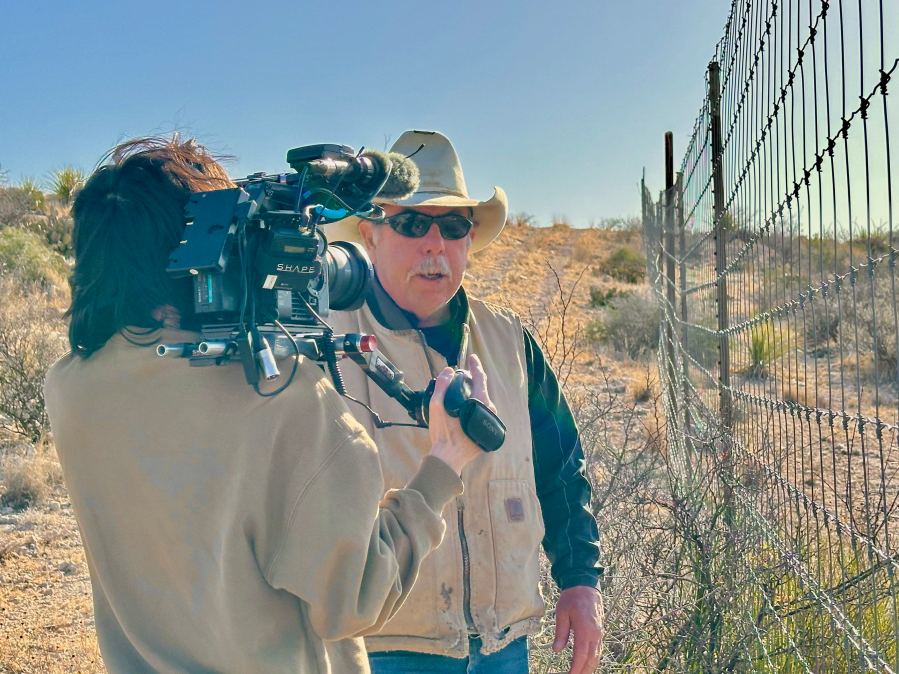





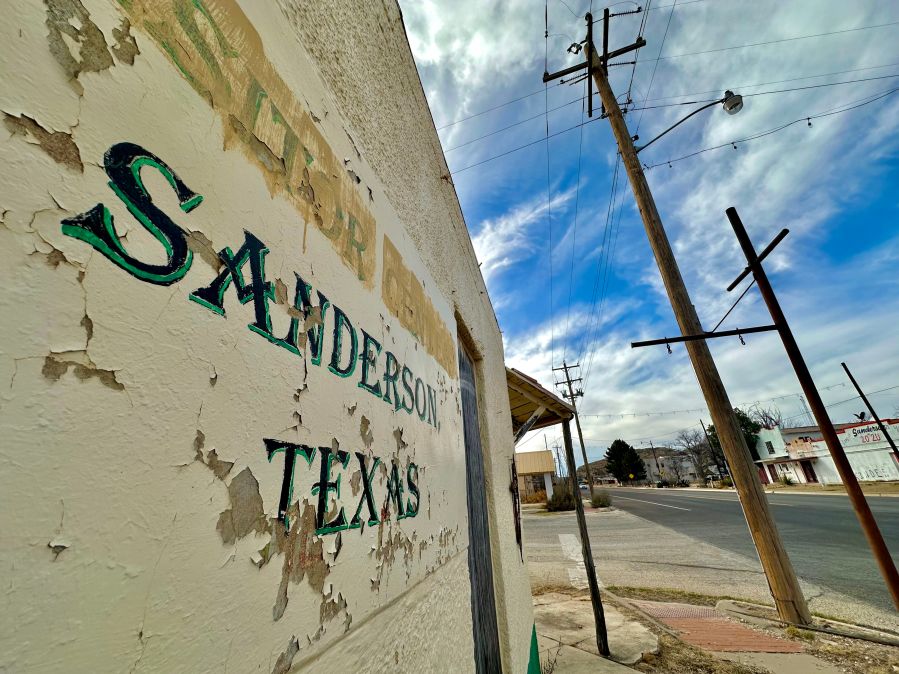
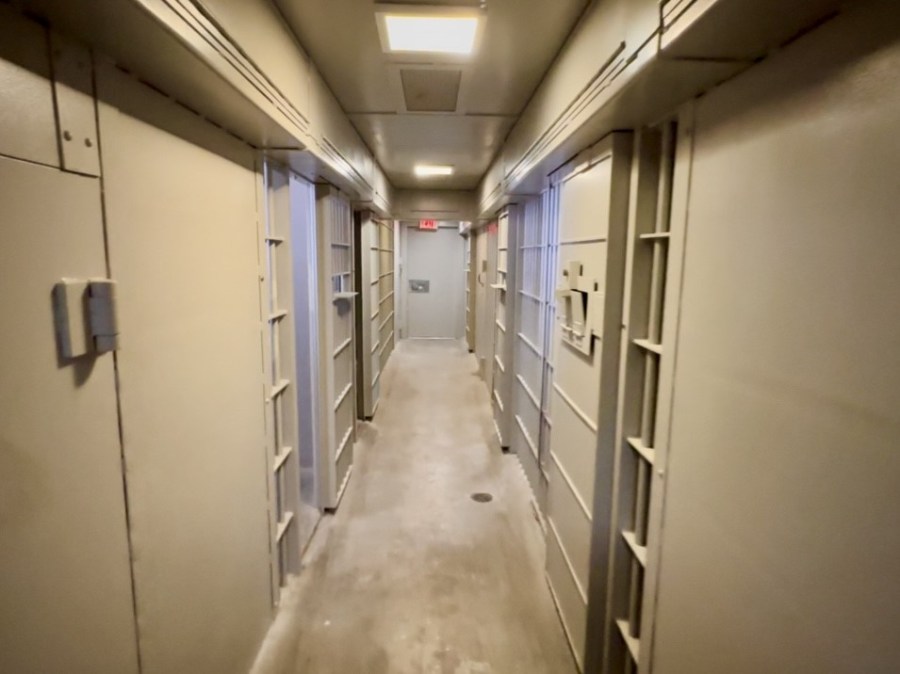
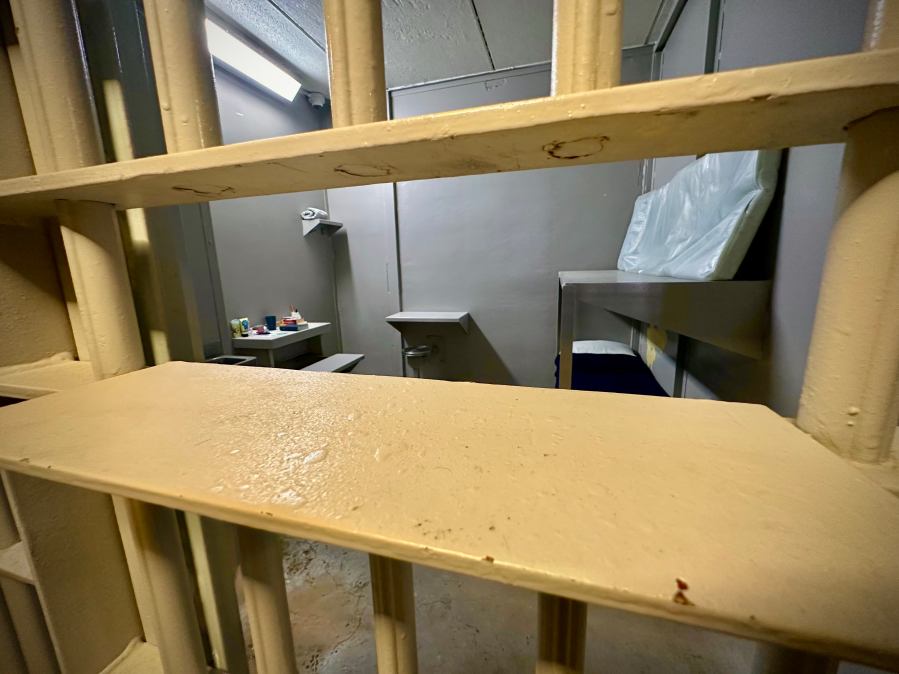
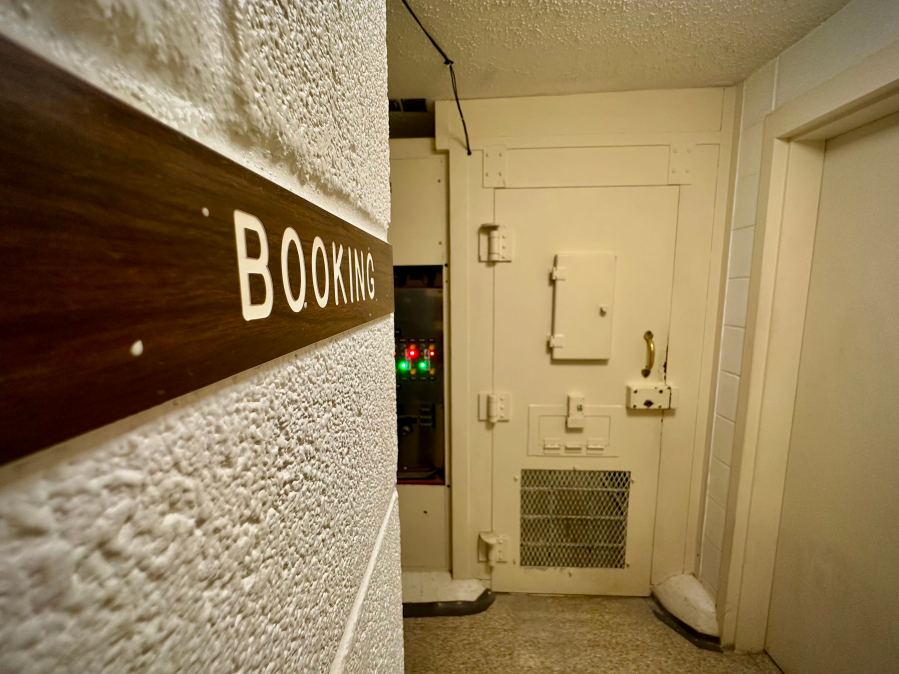
Post a Comment for "ICE Agreements Surge in Texas After Trump's Immigration Order"
Post a Comment